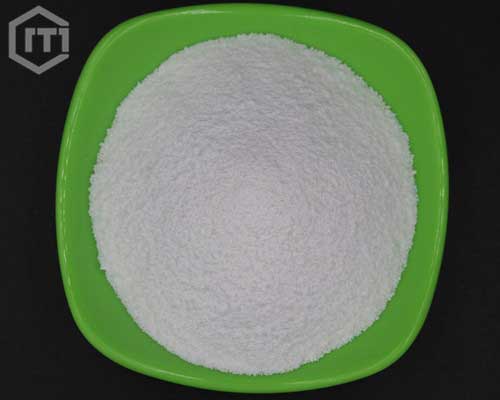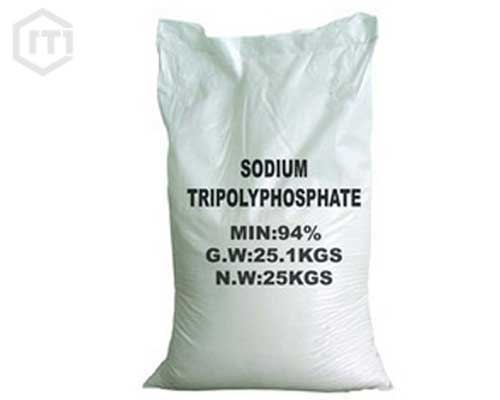Sodium tripolyphosphate(STPP) is often used as scale inhibitor in cooling water treatment. For that adding trace amounts of polyphosphate to water can destroy the normal growth process of crystals such as calcium carbonate, thus preventing the formation of calcium carbonate scale.


Sodium Tripolyphosphate Uses in Water Treatment
Water Softening Agent – Scale inhibition
Hard water usually causes scale deposits, which will result in higher operating costs. For that, when scale accumulates, it will cause a decrease in the flow rate through the pipeline, which will inevitably increases the cost of pumping and cleaning. Hard ions are the common metal ions in water, including calcium and magnesium. Calcium is the main sources of scale formation. Polyphosphates can trap calcium and magnesium, dissolve the formed compounds and prevent the formation of deposits. People can choose the more suitable phosphates according to the PH value of water to achieve the best results. SHMP performs very well in the neutral PH value range, as pyrophosphate and polyphosphate perform best under alkaline conditions.
Corrosion Inhibition
Phosphates can reduce corrosion in water pipelines in two ways. Anodic corrosion, some ions present in water can combine with the phosphates to form an insoluble precipitate. These deposits are deposited on the wall in the form of protective film. Cathodic corrosion, the oxygen in the water can oxidize the metal on the inner wall, releasing the metal cation into the water. Polyphosphates combine with these released ions to form positively charged bonds and form a protective film on the inside, which can slow down the corrosion process.
STPP Water Treatment Uses In Other Industrial Fields
In addition, the special industrial grade sodium tripolyphosphate for sale in Chemate Company can be applied in ceramic industry as ceramic degumming agent and water reducing agent, as well as synthetic detergent additives. Sodium tripolyphosphate water treatment can also be used as soft water agent for industrial water and boiler water. Drilling mud dispersant and oil-proffing agent in paper industry also need it, for that STPP has strong smulsifying effect on lubricating oil and fat. Of course, sodium tripolyphosphate uses in detergents is one of its main uses. It can be used to adjust the PH value of buffer soap, used as synergist for soap and prevent soap grease precipitation and frost. Moreover, it can be used as dispersant in the formulation of suspensions in dyeing auxiliaries, paints, kaolin, magnesia, calcium carbonate and other industries.
Impact on Environment
When STPP chemical enters the sewer, it has been hydrolyzed into sodium phosphate, which can exists as bioabsorbable carbonate. The food we eat every day contains a certain mount of phosphate, which is an essential nutrient for all plants and animals. Phosphates are also exist in household waste water. Therefore, when phosphate from detergents and other industrial fields enters surface water, it inevitably becomes part of large amount of phosphate from other sources.
In addition, phosphate plays an important role in the biological treatment of sewage. In sewage treatment, microorganisms require a certain amount of phosphate and other nutrients as food to remove organic matter and purify the water. Then the phosphate consumed exists in the form of mud. The remaining soluble phosphate is discharged by sewage treatment plants into rivers and other water systems. Phosphate from detergent only accounts for a small part of phosphate from sewage treatment plant. Therefore, reducing the content of phosphate in detergent is far from enough to reduce the content of phosphorus and salt in the environment to control.

